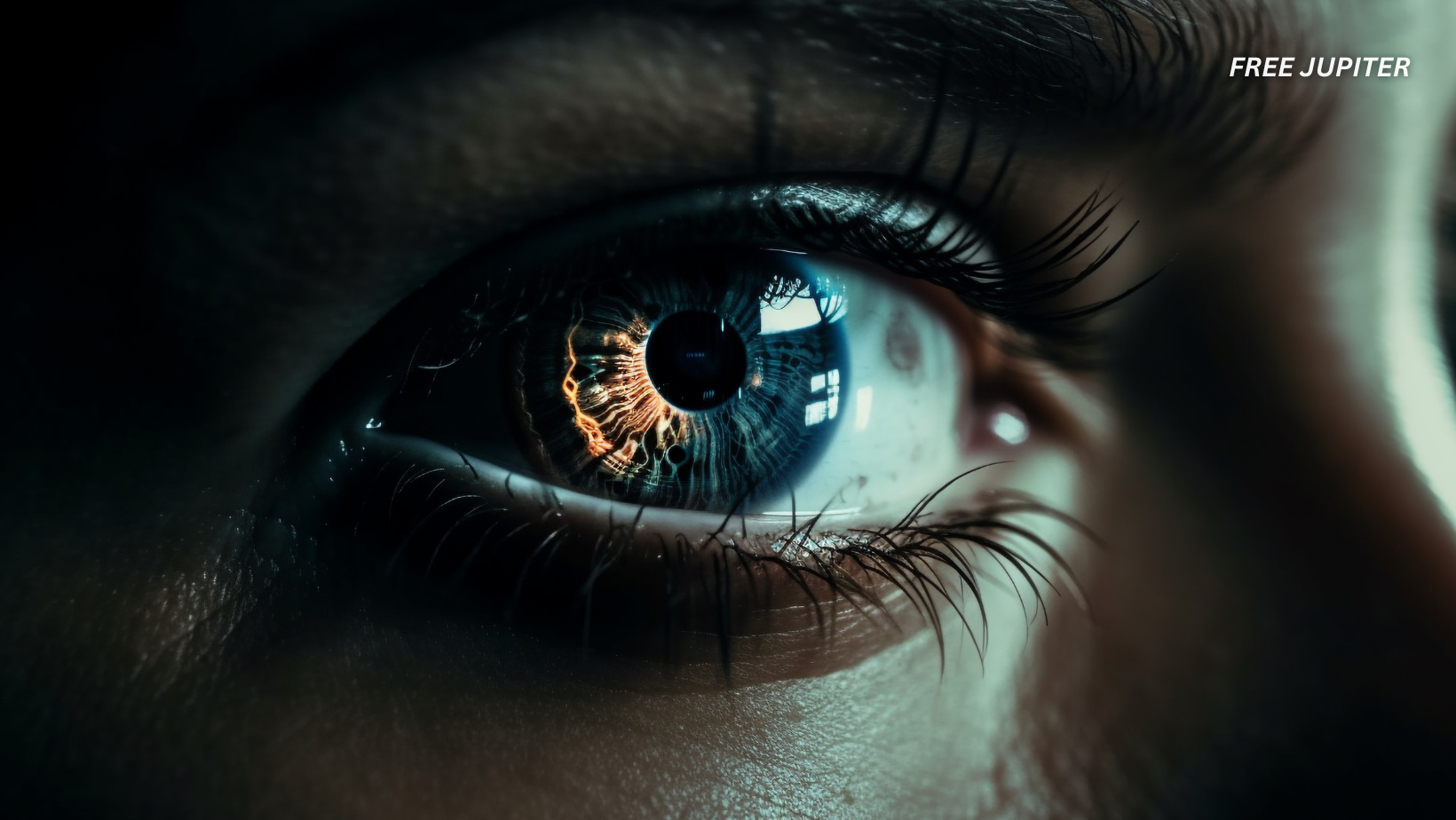In a medical first that feels like something out of science fiction, researchers in Japan have successfully used lab-grown stem cells from patients’ own eyes to help restore their vision. Published in the prestigious medical journal The Lancet, this breakthrough study explored a new way to treat a rare and serious eye disease by replacing damaged cells in the eye’s surface using sheets of lab-created tissue. And the results? Quite promising.
What’s the Problem They’re Solving?
Imagine the surface of your eye is like a windshield. For it to stay clear and smooth, it needs a constant supply of fresh, healthy cells. These come from a special region of the eye called the limbus, which houses limbal stem cells. But if these vital cells are lost—due to injury, disease, or even certain genetic conditions—the cornea (the clear front part of the eye) becomes cloudy and scarred. This condition is known as limbal stem cell deficiency (LSCD), and it can severely affect your ability to see.
Traditional treatments involve taking healthy eye cells from a donor or the patient’s other eye and transplanting them. But these approaches come with challenges like rejection, inconsistency in quality, and in some cases, there’s just not enough healthy tissue to begin with.
A New Way to See—Literally
That’s where this study comes in. Instead of using donor tissue, scientists took a small sample of cells from a patient and turned them into induced pluripotent stem cells (iPSCs)—essentially blank-slate cells that can be programmed to become nearly any type of cell in the body. In this case, they were turned into corneal epithelial cells, the very ones that form the protective outer layer of the eye.
The end result? A transparent, multi-layered sheet of healthy eye cells, ready to be placed on the damaged eye—like a biological contact lens with superpowers.
The Study: Four Patients, One Bold Leap
This early-stage trial was conducted at Osaka University Hospital, with four adults who had moderate to severe LSCD. They were carefully monitored for over a year to track both safety and whether their vision improved.
Here’s a snapshot of what happened:
- Step 1: Researchers created and purified corneal stem cells from the patients’ iPSCs.
- Step 2: These cells were turned into thin sheets of corneal tissue.
- Step 3: Surgeons removed scarred tissue from the patients’ eyes and gently placed the new cell sheets on top.
- Step 4: Patients received medications like antibiotics and steroids to help their eyes heal.
Interestingly, the first two patients received tissue that didn’t match their immune system’s HLA type—a common marker for transplant compatibility. Normally, this would raise red flags for rejection. But in this case, there were no signs of it. That led researchers to skip the extra immune-suppressing drugs for the next two patients. Still, all were monitored closely for any signs of problems.
Read more: New Research Links Popular Over-the-Counter Medication to Brain Health Issues
What Did They Find?
- Safety First: No tumors. No immune attacks. No major side effects. The most serious issues were mild and easy to manage—think dryness, slight inflammation, and a bit of discomfort here and there.
- Vision Gains: Three out of the four patients showed meaningful improvement. Their eyes looked healthier, their corneal surface smoothed out, and in some cases, their ability to see improved. Two patients even went from the worst stage of the disease to nearly normal.
- Visual Acuity: Basically, how well they could see with correction also got better, especially for the first two patients.
- Long-Term Outcome: One patient did experience a bit of backsliding after a year, possibly due to silent immune activity. But overall, the results were strong enough to spark real excitement.
Why This Is Such a Big Deal
This isn’t just a small scientific win—it could completely change how we treat certain kinds of blindness. Here’s why this approach stands out:
- No Donor Required: Patients don’t have to rely on donor eyes or their other (possibly unhealthy) eye.
- Immune System Friendly: Because the tissue comes from the patient’s own cells, the risk of rejection is low—even without a perfect immune match.
- Lab-Controlled Quality: Creating cells in a lab means they can be screened, tested, and standardized. Think of it as quality control for your vision.
What’s Next?
This was a small study, and while the results are promising, it’s still early days. The research team plans to launch larger, multicenter clinical trials to test this technique on more patients and in more varied conditions. But if the success continues, this could be the beginning of a new era in eye care—one where blindness from LSCD is no longer irreversible.
Related Stories: Where Science Meets Sight — Custom-Made Retina Chips
Seeing with Circuits: How Bionic Eye Implants Are Rewiring Vision
While the stem cell breakthrough in Japan is capturing headlines, another futuristic field is unfolding in parallel—retinal microchips. These tiny electronic devices, sometimes called “bionic eyes,” are offering hope to people with irreversible retinal damage, including those suffering from degenerative diseases like retinitis pigmentosa or age-related macular degeneration (AMD).
What Are Retina Chips?
Imagine a microchip no larger than a sesame seed being implanted directly into the eye or even onto the brain’s visual cortex. These chips don’t fix the eye itself—they sidestep the broken parts entirely. By capturing light and converting it into electrical signals, they communicate directly with the remaining healthy parts of the retina or the brain, effectively creating a synthetic path for visual information.
In essence, these devices mimic what natural photoreceptor cells in the eye do—except they’re made from metal and silicon, not flesh and blood.
Who Are These For?
These implants are primarily designed for individuals who have lost their photoreceptors—those delicate cells in the retina that convert light into signals your brain can understand. If the rest of the visual pathway is still intact, these chips can serve as a sort of “hardware replacement” for lost biological function.
One leading example is the Argus II Retinal Prosthesis System, sometimes referred to as the “bionic eye.” It involves a small camera mounted on a pair of glasses that sends images to a chip implanted in the retina. This chip then stimulates the remaining retinal cells, allowing users to see basic shapes and movements—like where a doorway is or if someone is walking toward them.
Not a Full Picture—Yet
The vision these chips provide isn’t high-definition. Most users report seeing in black and white or as pixelated images. Think more “early digital TV” than full color. Still, for someone who’s been blind for years, recognizing outlines of objects or being able to follow a hallway is life-changing.
Some newer research is even exploring direct brain implants, bypassing the retina entirely. These are being tested in clinical trials to see whether the brain alone can interpret these artificial light signals. In some cases, blind patients have been able to “see” simple letters or flashing patterns.
Read more: Widely Used Vitamin Supplements Pulled From Shelves After “Life Threatening” Health Risk
How Does This Relate to Stem Cell Eye Treatments?
While stem cells aim to restore or regrow the eye’s natural systems, retinal implants work more like a tech-based detour. Both approaches are part of a broader revolution in treating blindness—one that merges biology with technology. Each has its strengths: stem cells offer a regenerative fix, while chips offer a more immediate workaround when regeneration isn’t an option.
The most exciting part? Some researchers are even looking at combining the two: using biological tissues enhanced with microelectronic systems to create hybrid vision solutions that are both organic and machine-driven.
Final Thoughts
Science is turning the once-impossible into reality. While the journey to fully curing blindness is far from over, using stem cells from a patient’s own eye to rebuild damaged vision is a powerful leap forward. It’s personalized medicine, made visible.










